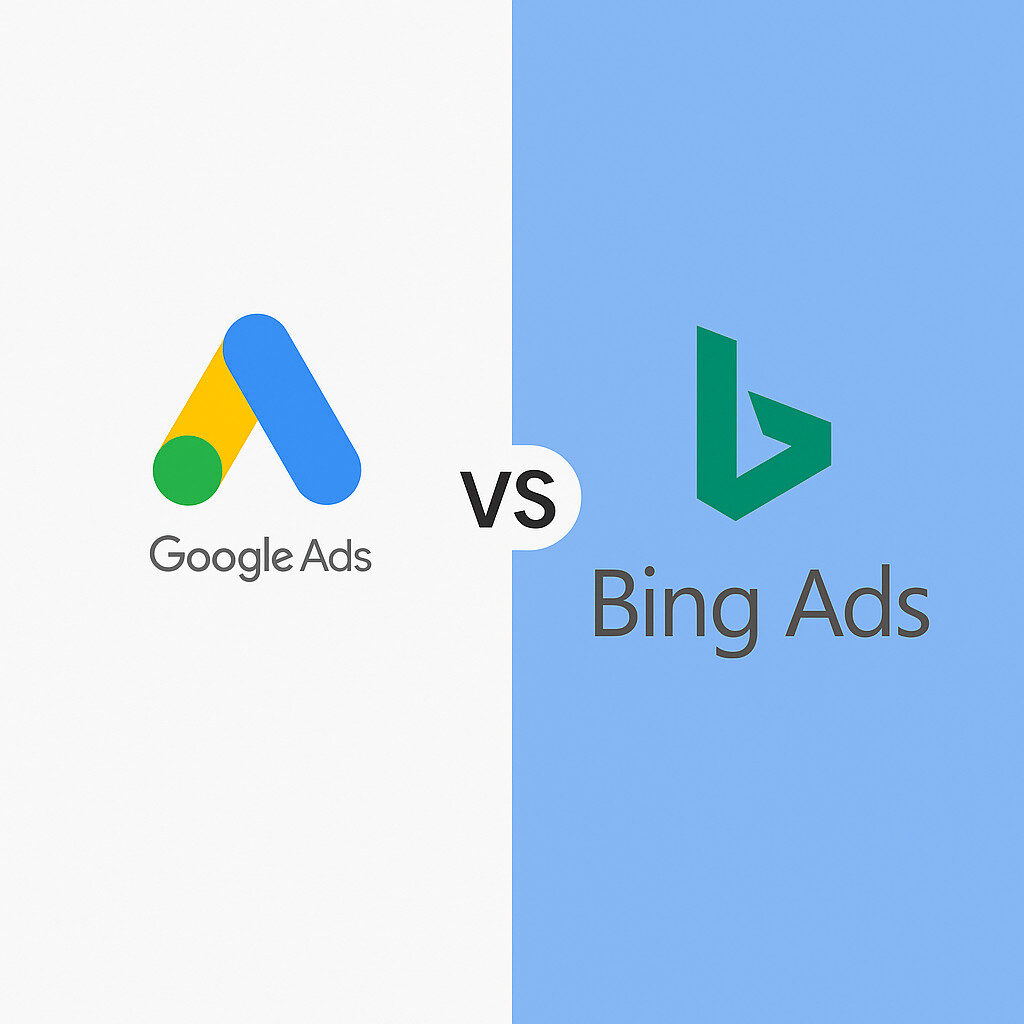With its 2012 updates, Google did a good job stopping comment spam and unwanted spam on blogs. But now there’s a new kind of spam in town – NAP spam – where spam sites are submitting business listings on directories using the name, address and phone number (NAP) information of other companies. If the listing is approved, it is seen as a local citation (business listing, such as Yelp, Foursquare, etc.) for the spam site and improves its local SEO rankings.
NAP Spamming In a Nutshell
Businesses use their NAP information to submit to directories like Yelp, Citysearch, InfoUSA, Yellowpages, 411.com, Foursquare, etc., as a marketing strategy to authenticate their existence, thereby ranking high in local search engine results. Search engines cross-reference NAP information across numerous directory sites, like those mentioned above, to verify that you are an actual business. Since spam sites don’t have a physical address or phone number, they’re stealing NAP information from websites of legitimate businesses. Then they use the information to submit their spam site to third-party sources, probably the same as those used by the legitimate business. But as far as search engines are concerned, the spam business is now legit because it has verifiable NAP information attached to it.
What Search Engines Are Doing About Citation Spam
Google appears to be the first search engine to take action against spammers using NAP information of another business. Currently, Google ranks local business queries by extracting data from third-party sources, such as Yelp, Manta, YellowPages.com, Superpages, etc. Google map information for a business-related query is also gathered from other sources and complements what the business has provided. But right now, Google has no way of knowing whether this other source information is accurate or spam.
In working to devalue citation source spam, Google has applied for and received a patent called “Determining Spam in Information Collected by a Source.” The patented method will allow Google to compare data from various other sources to check for spam. The patent indicates two methods to be used:
- Measuring the frequency of occurrence of each element or phrase in the citation.
- Using various criteria to determine if the source is “trusted” or “untrusted.”
SEO Marketing Implications
For Google, the end goal is to prevent spammers from using NAP information to gain top listings on Google+ Local queries. It plans to penalize Google Places and Google Maps local listings according to the number of off-page citations it deems to be spam by lowering their rankings.It is yet to be seen how Google’s patent will impact SEO marketing strategies. But there seems to be some holes in this methodology.
- It appears that keyword rich descriptive words, such as “best,” “sales,” “discount,” “cheap,” added to the main title of your business as a means of gaining a higher rank in local search results could be a red flag under Google’s new methodology to flush out spam businesses. As a result, the legitimate business could be penalized for manipulating search results.
- It looks like Google will begin classifying a citation source as “trusted” and “untrusted” using a methodology that looks at consistency among citation information. So unless the same NAP consistency is used across all local citation sources, Google will view it as an “untrusted” citation and you’ll lose Google+ Local ranking. Furthermore, if your business information appears on more “untrusted” source sites than “trusted” sites, Google could deem it as being spam even if it’s not.
- What defines a “trusted source” and what form of reliable authenticity checking do these “trusted” sources use? And because it’s a “trusted” source, Google is less likely to check the accuracy of the information. So NAP spam could still occur because Google would create a new listing using this “trusted” (yet really spam) information.
- How will Google deal with false positives? According to the Google patent, the focus is on the category of the business, however the name of the business could also be impacted depending on terms in the actual business name, such as “Discount” or “Sales.” How will Google determine whether these words are spam or actually part of a legitimate business’s NAP information?
What Marketers Should Do
- Search the web for your company’s NAP information to see if spammers are using it in blog comments, review sites, directories, etc. Spammers probably made slight spelling differences in your company name or address to create a duplicate listing. Request that any spam citation sources be removed immediately.
- Check your company’s profile information on all the directory accounts you opened and be sure it is consistent across all of them. For instance, if the legal name of your bakery business is Steve’s Baking Company, be sure the full name is used across all directories, rather than just Steve’s Baking. The same holds true for your address. If you have a suite number or a directional identifier like Southwest, whether you decide to spell out the full word or abbreviate it, make sure you enter it the same way on each directory.
While Google is heading in the right direction to stop NAP spam, it could also impact SEO keywords and local marketing strategies. To what extent that will occur remains to be seen. Stay tuned for new developments as this new patent methodology rolls out.



